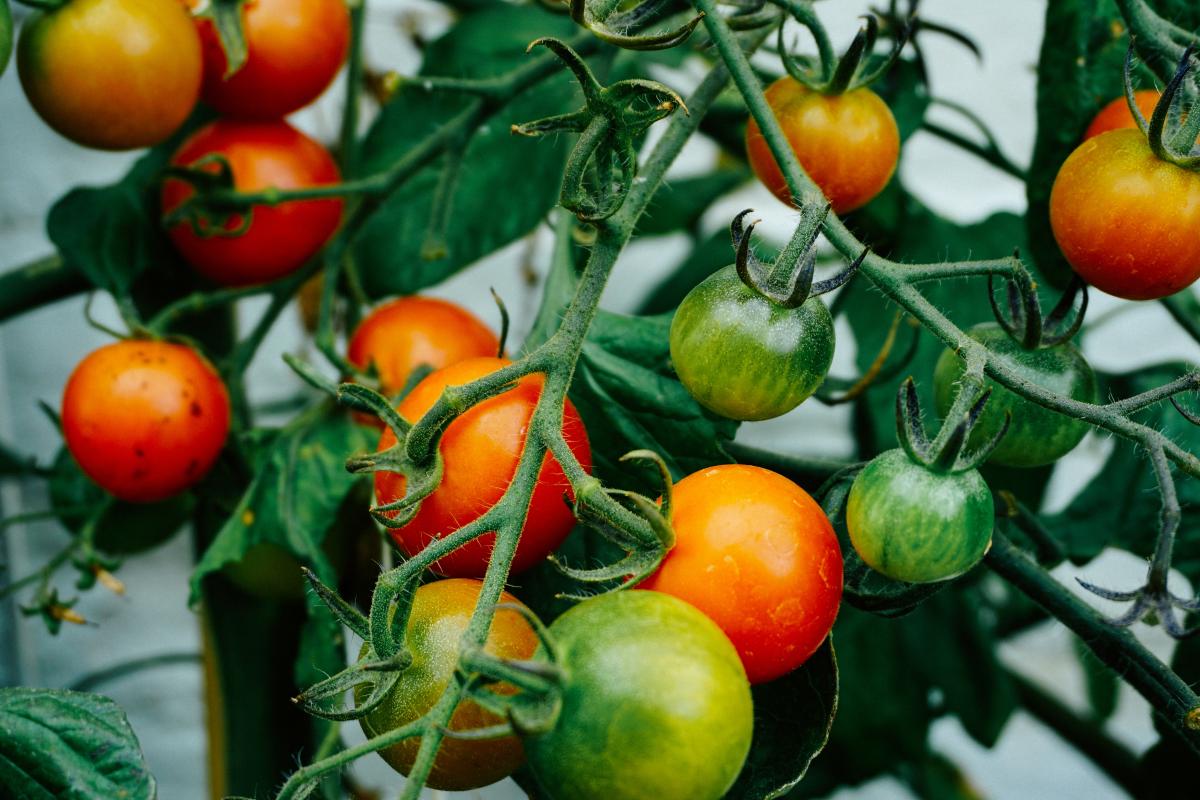
In this parts of a plant lesson students will be able to identify and describe the basic parts of a plant. Students will learn about seeds, roots, stems, leaves, flowers and fruit. Epics books will be

In this parts of a plant lesson students will be able to identify and describe the basic parts of a plant. Students will learn about seeds, roots, stems, leaves, flowers and fruit. Epics books will be

Students will apply their knowledge of food chains within ecosystems to the design of a mandala. This lesson will combine science, visual art and geometry. First, students will get a review of food

Student Objectives: Your challenge is to thoroughly research real-world oil spills and what has worked to help clean them up in the past, then engineer your own prototype boom to clean up a simulated

Students take plants that they have already sprouted from seed in prior lessons and now will investigate how that plant changes when basic needs are blocked. Students create a dark box maze and

Students explore genetics and create a model to represent how genes are passed down from a parent plant to an offspring plant. This lesson could be adapted to address 1st Grade Life Science Standard

In this lesson students explore the relationship between pigmentation and light absorbance. Students will use a spectrophotometer to analyze pigment samples and record the absorption spectrum for

In this lesson students will discuss why they would use a 3D printer to create a planter pot? Students will also brainstorm "What features are important for a planter pot?" Finally students will

In this lesson SW illustrate food systems, food miles, and plant use in everyday items. SW transplant plants from mini garden to raised garden bed. SW perform plant measurements and make observations

Students will be creating two different gardens. A hydroponics garden indoors and a raised bed garden outside. Students will be gathering data to help define the question: What is the biggest issue